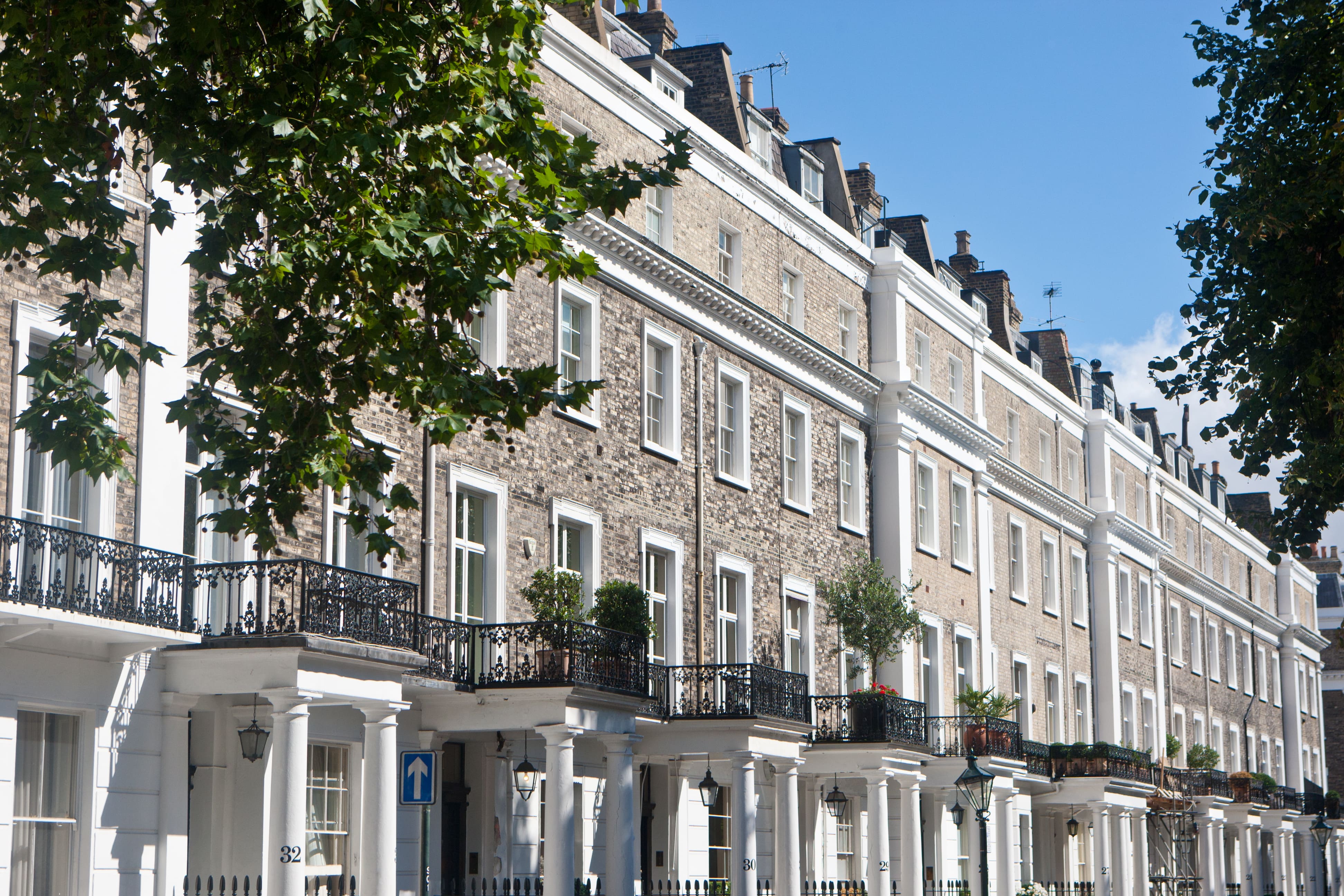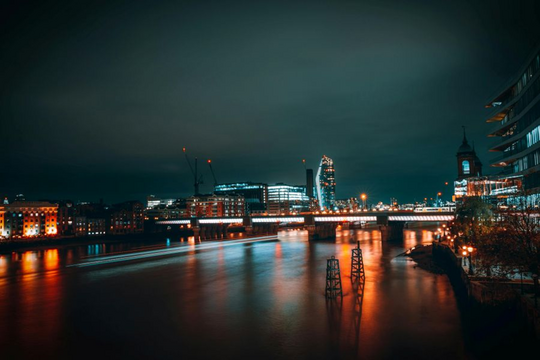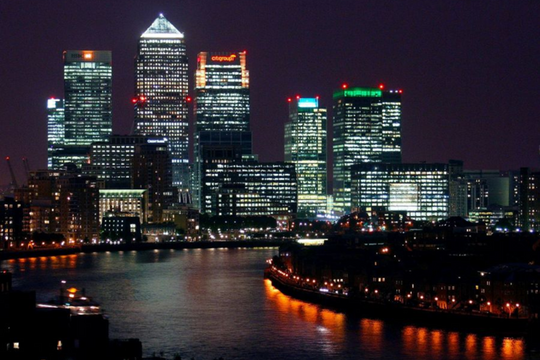Property styles in London are dominated by three types of architecture — Georgian, Victorian and Edwardian. Stucco-fronted exteriors, large bay windows, coloured brickwork, high ceilings and wooden-framed porches are all features of specific eras in London’s development. Knowing the types of property styles is helpful if you plan to buy a period house in the nation’s capital.
Although Georgian, Victorian and Edwardian are the primary property styles in London, there are other architectural styles on show. For example, Baroque buildings are from the 16th century and precede Georgian architecture. Then the regency era developed at the end of the Georgian period until Queen Victorian when the industrial revolution started. And coming into the 1920s and 30s are examples of Art Deco buildings.
Georgian Property Styles in London
Georgian properties were built after the Great Fire of London and were designed to be spacious and airy. The most famous architect in this period was John Nash — the architect of Buckingham Palace. A feature of Georgian terraced houses is the larger sash windows on the first two or three floors and small windows on the upper floor.
Many Georgian properties are three- or four-storey townhouses. They feature symmetrical, flat exteriors, with many having stucco-fronted ground floor finishing. Very often, the spacious homes are built around garden squares. You may also notice bricked-out windows on Georgian houses because they had to pay a window tax.
Georgian era: 1714 – 1830
Examples of Georgian properties in London:
- Nr. 10 Downing Street, the official residence of the Prime Minister
- St. James Square, Waterloo
- Theed Street, Aquinas Street, and Roupell Street in Waterloo
Regency Property Styles in London
Regency architecture developed at the end of the Georgian period. Most buildings in this period have all-white stucco façades and a grand appearance. It was during this time that most high-end residential properties were built in central London. As a result, buildings constructed in the regency era are similar in proportion and style to Georgian houses. Notable features of recency style properties are curved windows, collonaded walkways, pediments over windows and doorways, and ornate wrought-iron detailing. Many of the characteristics of buildings in this period are based on Greek and Roman architecture. The best way to describe regency property styles is “refined elegance”.
Regency era: 1811 – 1820
Examples of Regency Georgian properties in London:
- Buildings on Regent’s Street and around Regent’s Park
- Belgravia
Victorian London Property Styles
Victorian properties were built during the industrial revolution to house many factory workers. Although ornate architectural features characterize
Victorian architecture, the style started as relatively simple residential homes for factory workers. Former industrial areas of East London like Poplar, Isle of Dogs, and the Docklands have small, modest Victorian homes and cottages with compact front gardens.
However, most people think of Victorian property styles as opulent, grand buildings with high pitched roofs, fancy brickwork, decorated barge boards, and bay windows. Other typical features of Victorian properties are that the front door is to the side of the façade, and the townhouses are typically one or two rooms wide.
Victorian era: 1837 – 1901
Examples of Victorian properties in London:
- Anchor and Hope Lane, Charlton
- Gipsy Hill, Crystal Palace
- The Houses of Parliament
Edwardian London Property Styles
Edwardian properties tend to be wider and roomier than Victorian homes. You will find fine examples of homes built in the Edwardian era in London’s suburbs. The extra space away from the city centre gave builders more room to incorporate front and back gardens, as well as build spacious properties. The main characteristics of Edwardian properties are red brickwork on the ground floor with white-painted or mock Tudor cladding on the upper storey. Other features include porches with wooden frames and detached or semi-detached houses built in straight lines on leafy streets.
Edwardian era: 1901 - 1910
Examples of Edwardian properties in London:
- Sheffield Terrace, Kensington
- The Garden Suburb, Hampstead
- Piccadilly Hotel
Art Deco London Architecture
Art Deco is one of the most distinct architectural styles in London. The sleek, linear and rectangular architecture features are a throwback to the 1920s and ‘30s. The straight lines and geometric patterns were in stark contrast to the elaborate and ornate styles of the late Victorian era.
In London, many of the leafy suburbs built in the 1930s reflect the Art Deco style. You will notice properties with sharp edges, a linear appearance, and geometrical forms. Typically, you will also see reeding and fluting around doors. These spacious family homes usually have extensive gardens.
Art Deco era: 1920s and 1930s
Examples of Art Deco properties in London:
- Tate Modern Art Gallery in Southwark
- Prince Tower in Canada Water
- The Hoover Building, Ealing
Are you looking to buy a period property in London? If so, our team of estate agents at Hastings International can help you find a home to suit your needs and budget. Feel free to contact us to start your property search.




